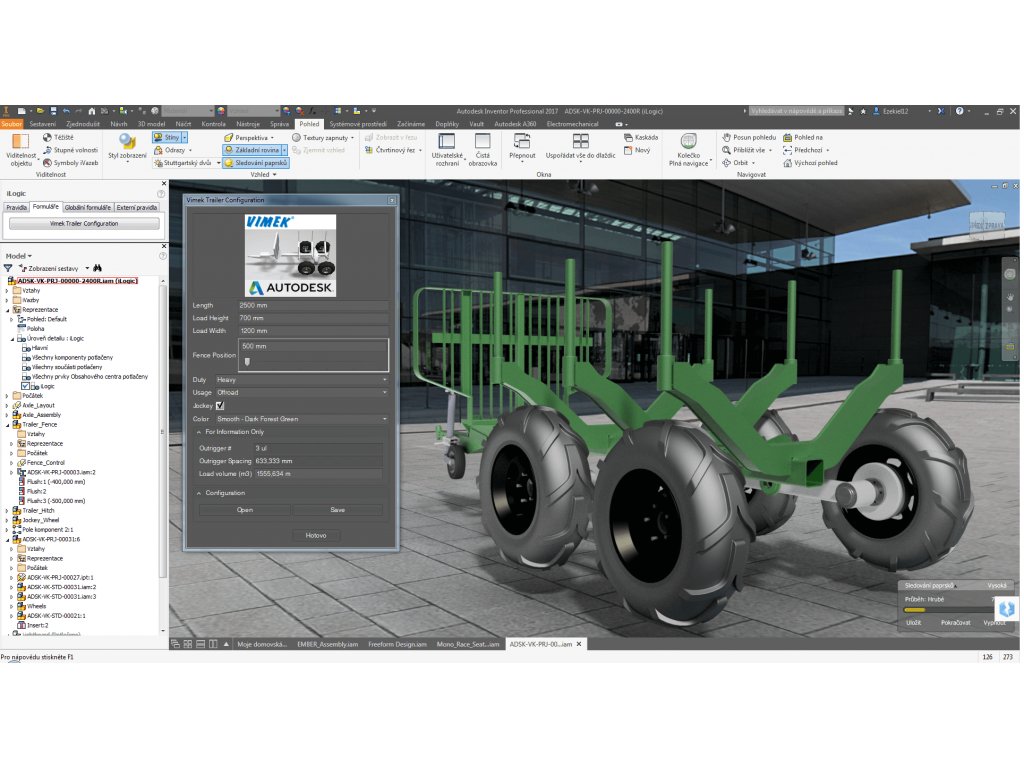

Each task in an animation consists of one or more sequences.
A Task is a fitting or scattering operation in the animation of an assembly explosion. A Sequence is a group of tweaks in the animation of an exploded assembly. They indicate the direction and distance that a component was moved to create the view. Trails are lines in an exploded view that show the relationship of a component to the assembly. These adjustments allow you specify the distance and direction of movement to provide better visibility of the components and their relationships. Tweaks refers to positioning adjustments made to assembly components in an exploded view. An Exploded View is a view in which parts of an assembly are separated for unobstructed viewing. Let's start by defining some of the terms. This month, we'll walk through the steps required to create them. Inventor's presentation files allow you to create exploded assembly drawings and animations intended for assembly and maintenance of products. Fortunately, Autodesk Inventor offers a set of tools to convey assembly instructions to those on the shop floor. After putting in hours of hard work in designing and detailing, there is nothing more frustrating than to hear someone say, "There are difficulties with the final assembly." As designs become more sophisticated, the detailed prints are becoming increasingly complex. There's more to designing and engineering than simply making 3D parts and 2D drawings. Once this is done, you can experiment with the tools inside of MeshLab.Inventor Presentation 30 Apr, 2003 By: Jeff Wymer Try to clean up any data that you don’t need in Recap. 
The data is imported into Inventor as a Mesh (as shown above). You are now able to interact with the meshed point cloud. However a less dense model may be perfect, depending on use case.

This model is full of gaps, but could be improved, by changing the accuracy of the import above. For a first run, I suggest exporting with a world unit of 0.1īelow is a mesh model created from the point clouds.Depending on the complexity of the point cloud, and the fidelity of the mesh required, you will need to run a few experiments. rcs *.f|s *.fws ”.lsproj *.pts *.ptg *.pt>c*.zfs *.zfpj *.las *.laz *.xyz *.b Remeshing, Simplification and Reconstruction > Surface Reconstruction: Ball Pivoting Open your Point Cloud in Recap (recap can open the following formats.Here is the workflow that has worked for me.

Have you ever needed to convert a point cloud to mesh data in Autodesk Inventor? While Inventor can import point clouds from Recap, point clouds can be un-usable in some workflows, especially when actual geometry is required to work with.Ĭonverting a point cloud to a surface model is currently not possible in 1 piece of software, however there is a workaround using Recap and some free point cloud software called MeshLab ( download link here)








 0 kommentar(er)
0 kommentar(er)
